Editorial: In the struggle for national independence and freedom, every glorious feat was written with the blood, sweat and intelligence of ordinary yet great Vietnamese people.
Not only the bravery on the front lines, but also in the war zone there were scientists , engineers, soldiers and patriotic farmers who day and night researched and invented weapons, equipment and logistical solutions with a strong Vietnamese imprint.
From the famous bazooka on the battlefield, the legendary bicycle to inventions serving medicine , transportation, communication... all have contributed to creating the people's battlefield.
On the occasion of the 80th anniversary of National Day September 2, Dan Tri newspaper respectfully introduces the series of articles "Inventions in the war zone that contributed to independence" , to honor the Vietnamese people's relentless creativity, shining in the most difficult conditions.
Bicycle can carry 300kg thanks to... bamboo and scraps of fabric

Bicycles were the logistical backbone of the Dien Bien Phu campaign (Photo: Doan Thuy).
On December 6, 1953, the Politburo decided to launch a general offensive campaign against the "impregnable fortress" of the French army in Dien Bien Phu.
According to calculations by the General Staff of the Vietnam People's Army and the General Department of Supply (formerly), to serve more than 87,000 people on the front line (54,000 soldiers and 33,000 laborers), it is necessary to mobilize at least 16,000 tons of rice (not including rice for laborers), 100 tons of meat, 100 tons of vegetables, 80 tons of salt and about 12 tons of sugar...

Contribution figures of bicycles in the Dien Bien Phu campaign (Graphic: Phuong Mai).
Food supplies for the battlefield were mainly mobilized from the Viet Bac region. Most of them had to be transported over a distance of 500-600 km, mostly through steep and dangerous mountain passes, and were frequently bombed by French planes.
In 1954, when the smoke of war covered the Northwest, in a village of Thanh Ba (Phu Tho), Mr. Ma Van Thang - Chairman of the Administrative Resistance Committee of Thanh Minh commune put on his backpack and joined the frontline labor force.
As the leader of the T20 bicycle group, he and 100 people were tasked with transporting goods from the Au Lau warehouse (Yen Bai) to the foot of Pha Din Pass. A route of more than 200km of rugged mountain roads, steep slopes, and landslides.
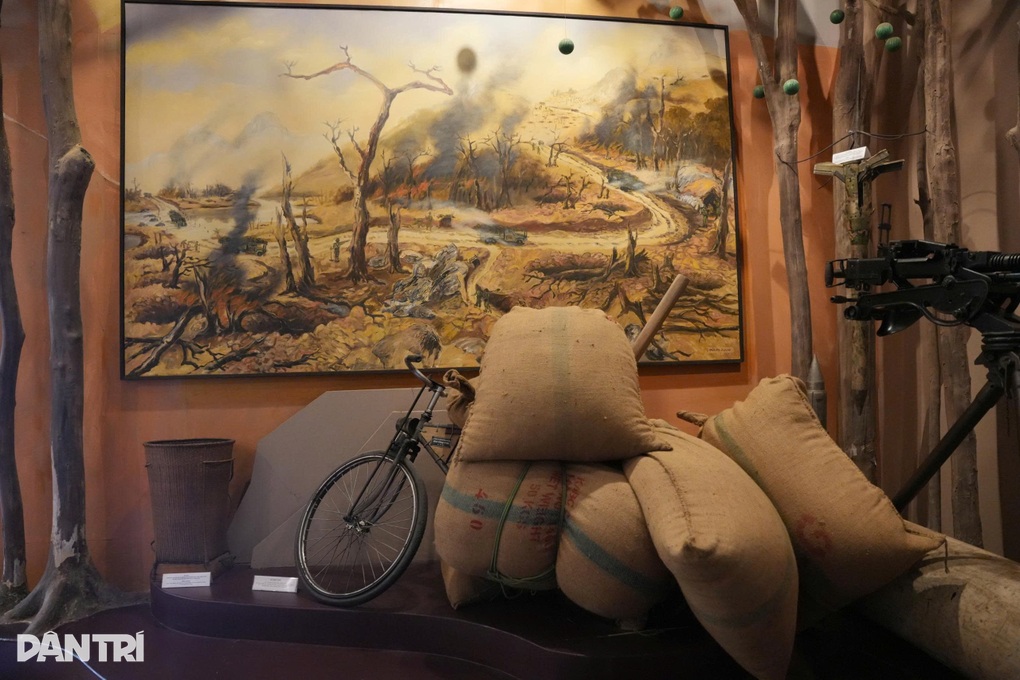
The bicycle frame is reinforced with bamboo (Photo: Doan Thuy).
The vehicle he was driving was an old Lincoln, which could only carry about 80-100 kg per trip. But he didn't plan to stop there.
No blueprints, no modern machinery, and no training, but in the deep forests of the Northwest, Mr. Ma Van Thang and his teammates have turned each cargo truck into a continuous improvement.
The bicycle back then was not just a means of transport, but also a cutting-edge innovation in the mountains and forests.
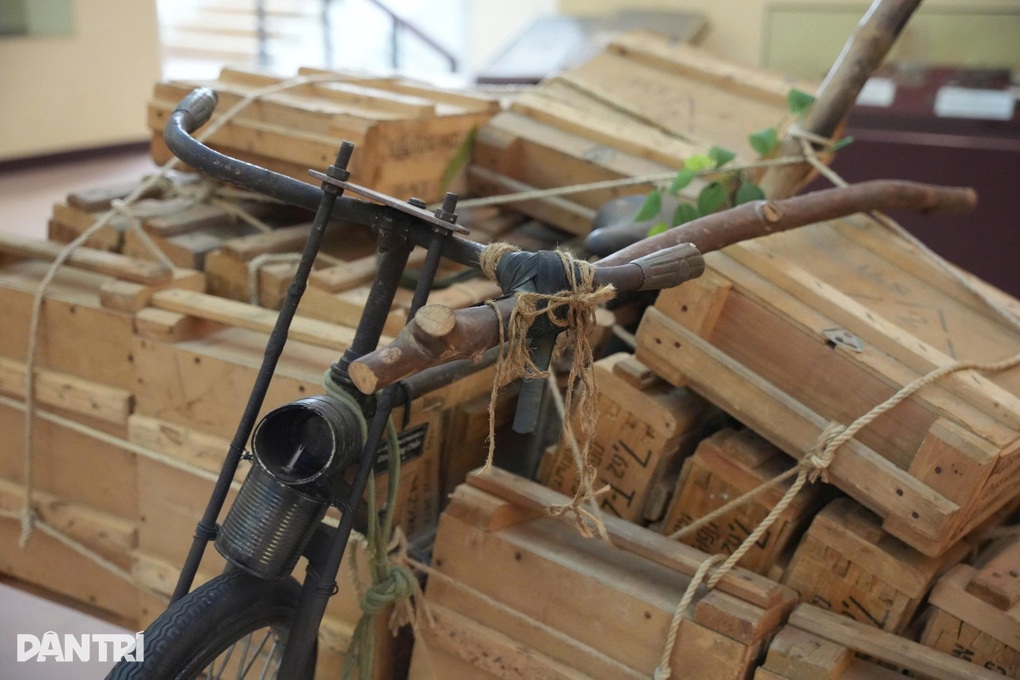
The amazing load capacity of a bicycle (Photo: Doan Thuy).
First, the handlebars: Mr. Thang and his teammates tied a piece of bamboo nearly a meter long to the handlebars and extended the handlebars. The purpose was to keep balance when the bike bent under the heavy load of rice.
Behind the saddle, a bamboo bar about 50cm high is installed along the vertical axis. Although simple in structure, this part acts as a fulcrum to help the pusher optimize the pushing force with the shoulder, while increasing the stability of the vehicle when moving on steep terrain.
To increase load capacity, the frame and rack are reinforced with iron and wood, limiting warping when carrying heavy loads.

The bicycle model of People's Armed Forces Hero Dinh Cong Chan served in the resistance war against America (Photo: Doan Thuy).
The tires are also "upgraded" by lining the inside with layers of scraps of fabric, old clothes or patched inner tubes to reduce friction and prevent wear and explosion.
One detail that shows the careful preparation for each trip is that Mr. Thang and his teammates brought two three-legged wooden chairs.
One is used to prop the bike up when resting, like a motorcycle kickstand today.
The other acts as a manual brake, locking onto the wheel when going downhill, preventing the car from rolling away on dangerous mountain passes.

The bicycle was "modified" with a hammock to transport wounded soldiers (Photo: Doan Thuy).
The result of these improvements: The carrying weight increased from 100 to 200, then 300 kg.
One day, at Nghia Lo intersection, when suddenly checked, Mr. Thang's car recorded a record weight: 352 kg. Nearly 4 times the original load capacity.
Legendary food transport contributed to the "earth-shaking" victory
Mr. Ma Van Thang, with 3,700kg of goods transported over a distance of 2,100km, became the owner of the most productive bicycle on the front.
Through the creativity of the Vietnamese, the bicycle became a field transport machine, rolling through forests, climbing passes, overcoming terrain that both motor vehicles and pack horses could not overcome.
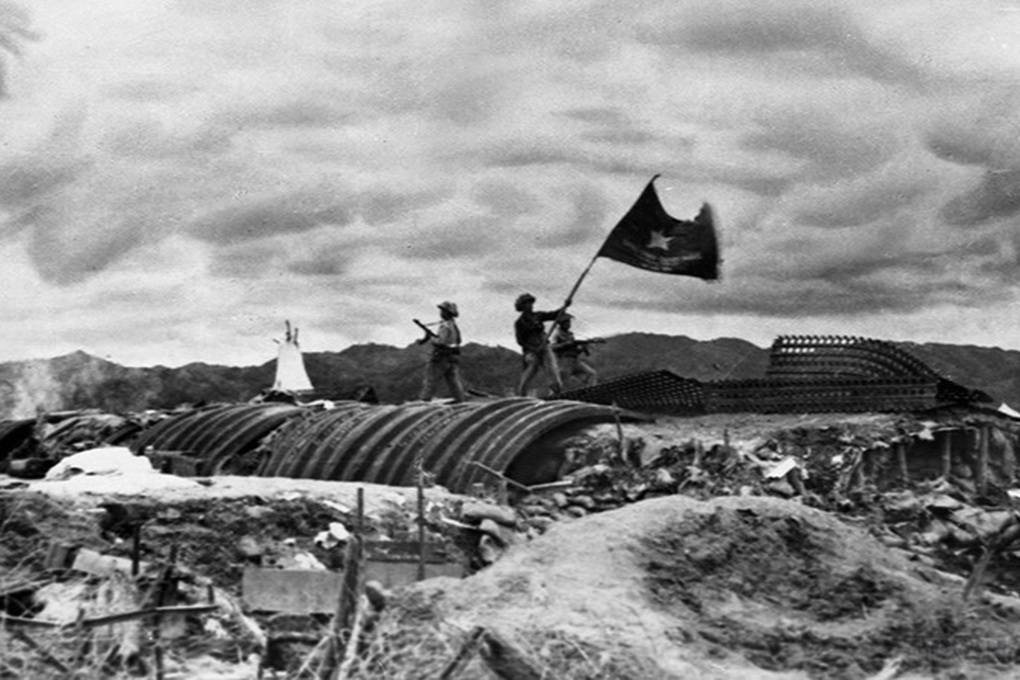
On May 7, 1954, the entire enemy stronghold in Dien Bien Phu was destroyed by our army, the "Determination to fight, determination to win" flag fluttered on the roof of De Castries' bunker (Photo: VNA).
French journalist Giuyn Roa once commented that it was the bicycles carrying 200-300kg of goods, pushed by human power, by people who were not full, sleeping on the ground with nylon sheets that defeated Navarre.
In his memoir “Dien Bien - Historic Rendezvous”, General Vo Nguyen Giap called the pack-bike “the second most important transport arm, after motor vehicles”.
During the war against the US, the bicycle continued to contribute to logistics. This legend even had more variations, serving different purposes: transporting food, ammunition, and carrying wounded soldiers.

Hero Dinh Cong Chan had many inventions about bicycles (Photo: Doan Thuy).
In particular, we must mention the bicycle models made by Hero of the People's Armed Forces Dinh Cong Chan. He was born in 1947, Kinh ethnic group, from Quang Nham commune, Quang Xuong district, Thanh Hoa province, enlisted in the army in September 1965.
When he was awarded the title of Hero, he was a platoon leader of the 2nd Company of the 49th Transport Battalion, Logistics Department, Command 559, a member of the Communist Party of Vietnam.
From July 1966 to 1971, Mr. Dinh Cong Chan continuously built roads and participated in bicycle transportation on the route belonging to Command 559. He overcame many difficulties and hardships, continuously stuck to the road, working day and night.
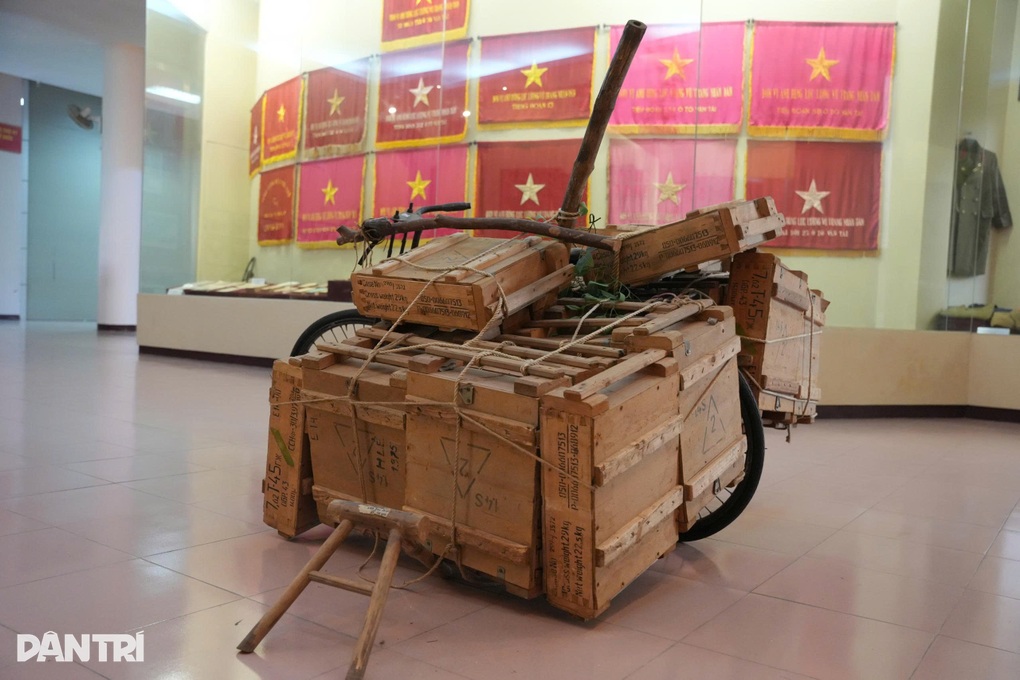
Hero Dinh Cong Chan had trips carrying loads of more than 500kg on a bicycle (Photo: Doan Thuy).
In September 1968, he transferred to transportation work, regularly leading the unit in cargo productivity.
In 1968, he studied in depth how to carry and load, from carrying 280kg to 350kg per trip. In 1970, Dinh Cong Chan commanded the platoon to increase the average carrying capacity to 415kg per trip. He personally carried many trips up to 550kg.
Source: https://dantri.com.vn/khoa-hoc/cach-nguoi-viet-bien-xe-dap-thanh-xuong-song-hau-can-tran-dien-bien-phu-20250805234014662.htm


![[Photo] Highways passing through Dong Nai](https://vphoto.vietnam.vn/thumb/1200x675/vietnam/resource/IMAGE/2025/11/12/1762940149627_ndo_br_1-resize-5756-jpg.webp)

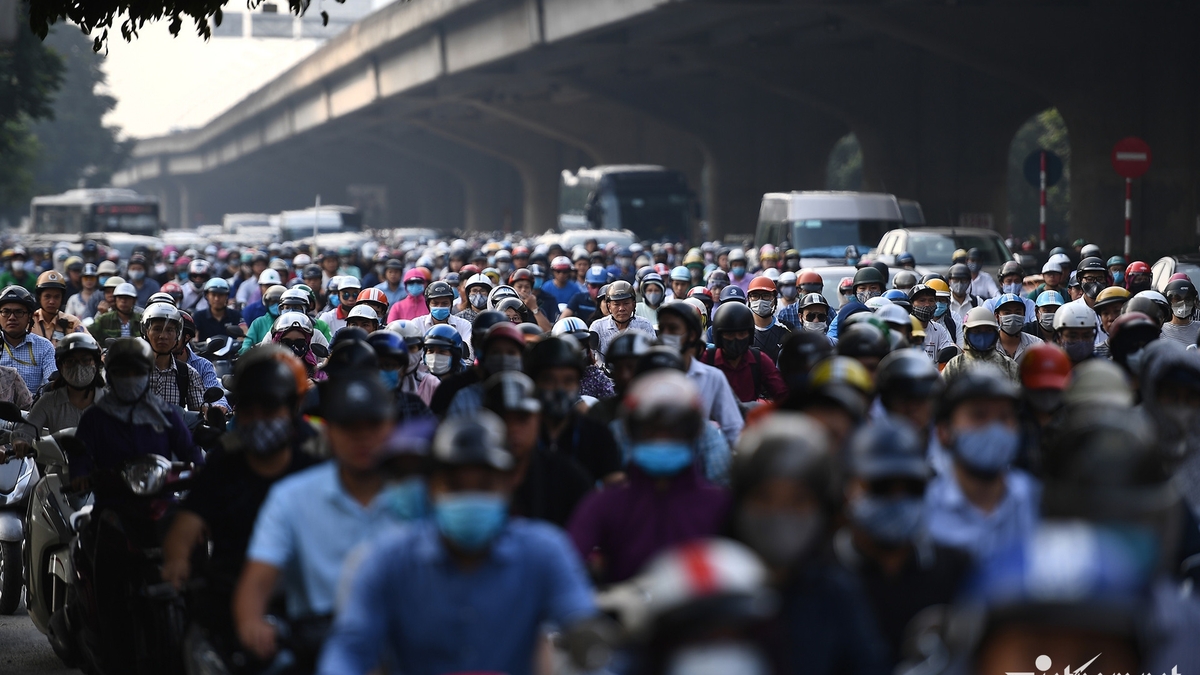

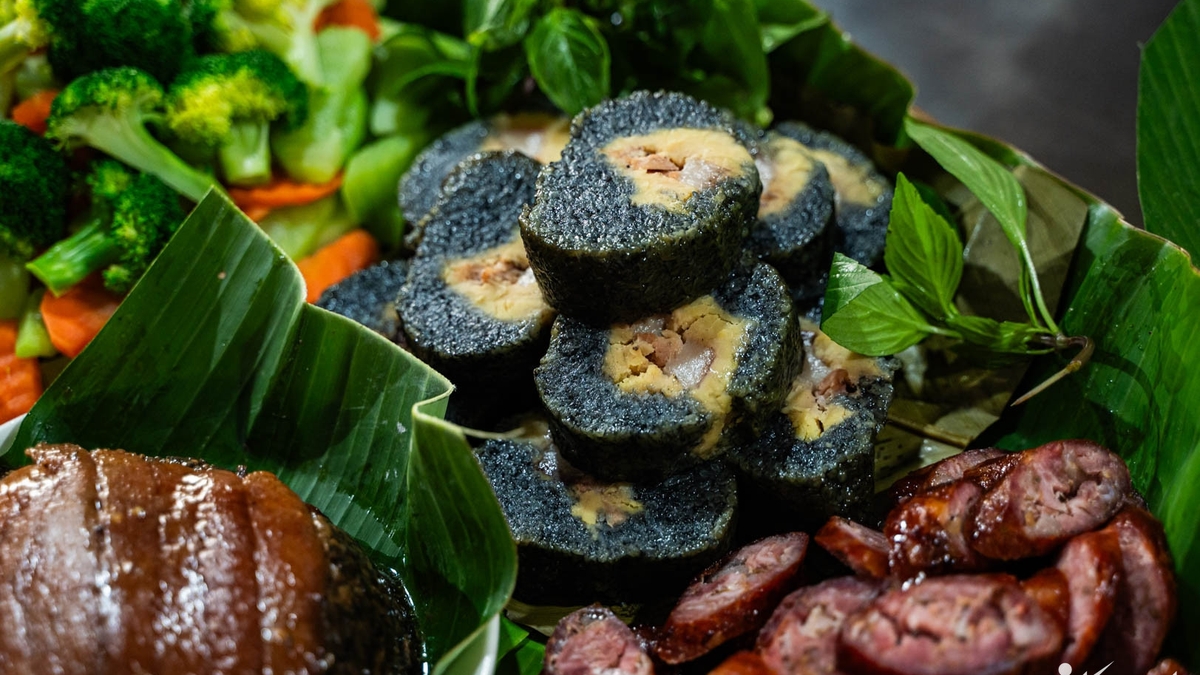









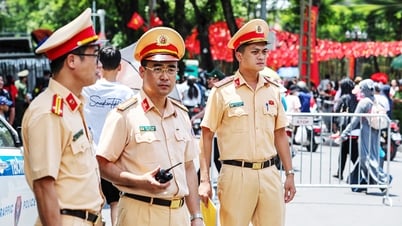










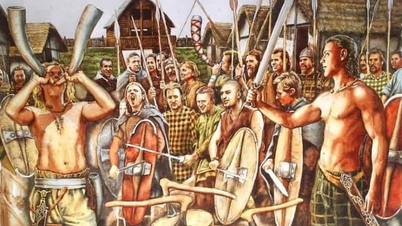






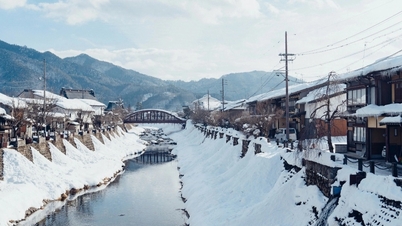

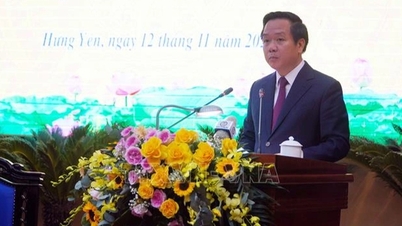

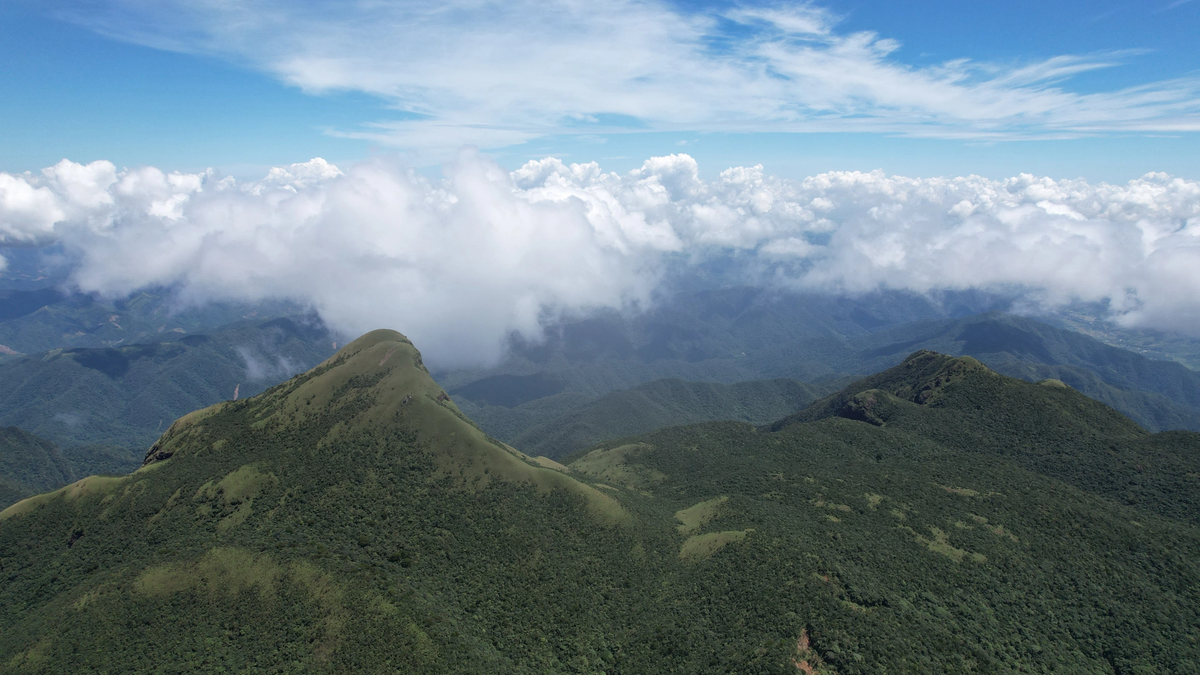






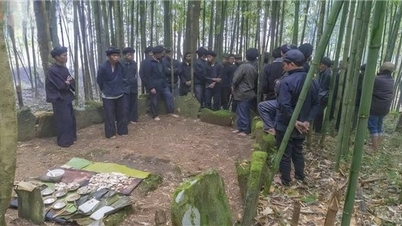




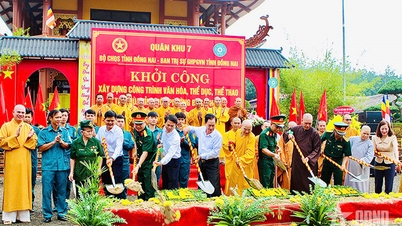


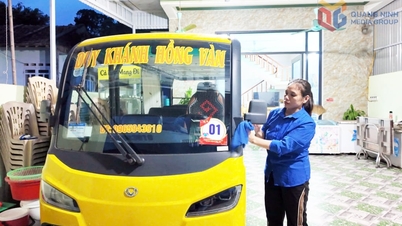


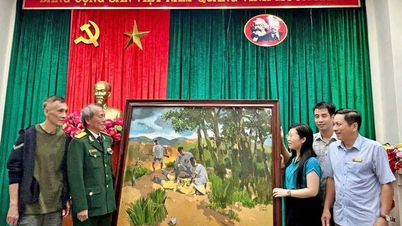

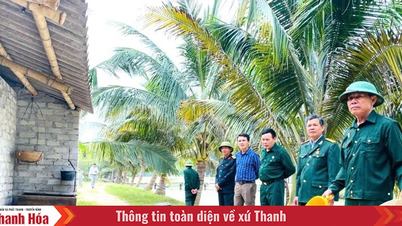


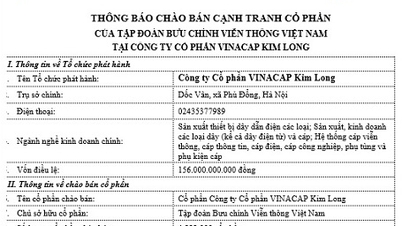



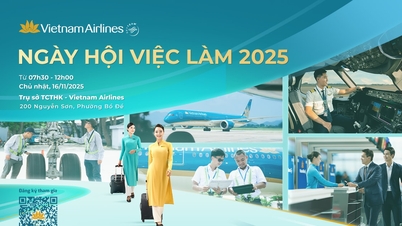












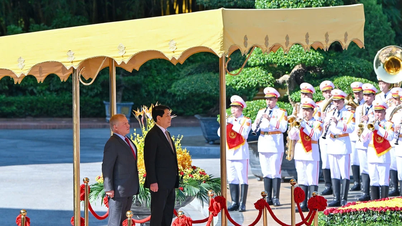















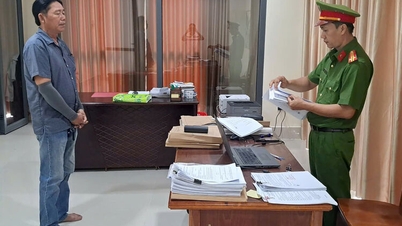

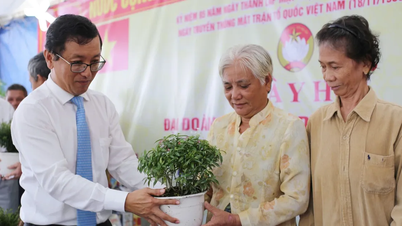
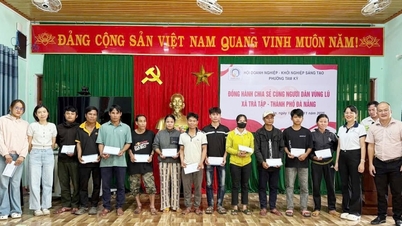









![Dong Nai OCOP transition: [Article 3] Linking tourism with OCOP product consumption](https://vphoto.vietnam.vn/thumb/402x226/vietnam/resource/IMAGE/2025/11/10/1762739199309_1324-2740-7_n-162543_981.jpeg)





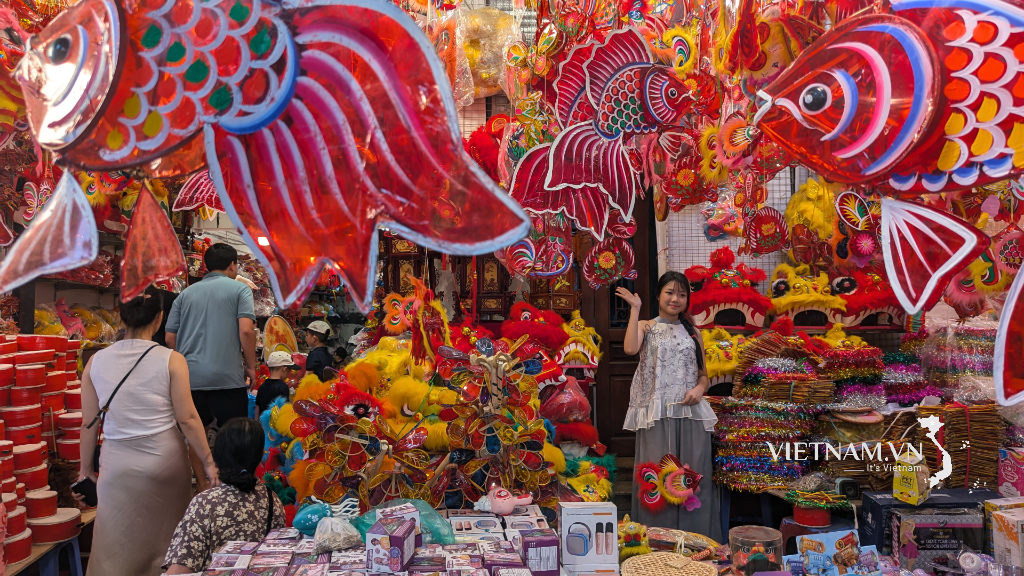
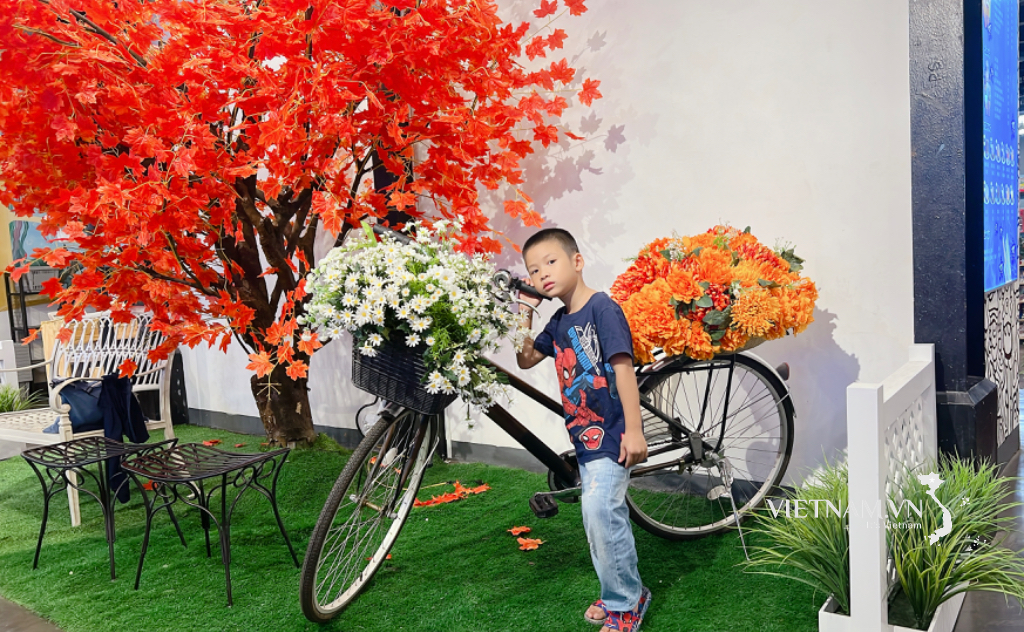
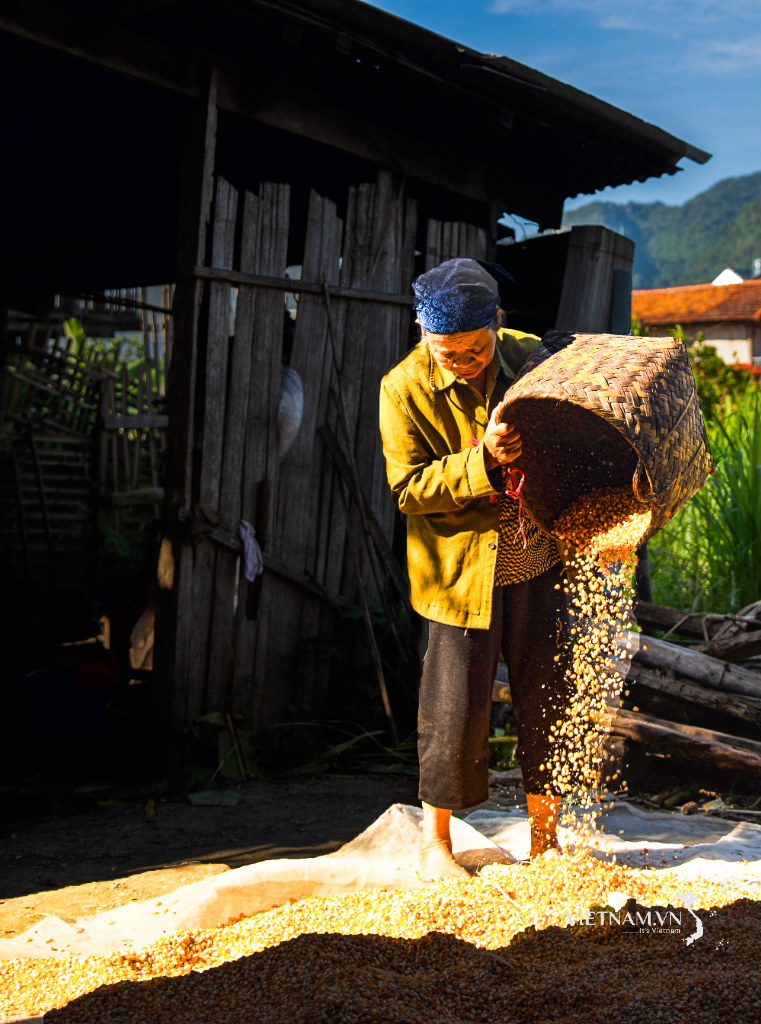
Comment (0)